The Mad Scientists Of The Landrovers Have Electrified A Defender
Four in-wheel electric motors producing 600bhp and 6,400Nm of torque propel the iconic Defender into the future!

There’s something eerily strange about stepping into a Land Rover Defender, hearing nothing, but blasting off with all wheels spinning viciously as you’re propelled towards the horizon at speeds that shouldn’t be possible in a Defender. It simply doesn’t add up, but it’s the very exciting reality of The Landrovers Panterra, built by a couple of Dutchmen with a vision. A vision of rebuilding a classic Land Rover Defender into a campervan, and driving it halfway across the world. A vision that to this day, never became a reality. Instead, the car that was built was bought up by someone, setting the scene for a world-class bespoke car company! This is the story of The Landrovers and their all-new Panterra EV Defender.
The Landrovers
The story of how The Landrovers came about is like a boyhood dream. It all started with the dream of two men, Daniel van Oort and Peter Zeisser, to go on a truly epic 15,000-mile journey from cape to cape in a modified 1986 Land Rover Defender 110. Once the build was complete, the car was in very good condition and ready to tackle the monumental drive. But before Daniel and Peter got the chance to set out with their newly built Defender camper van, a lawyer put a stop to it and wanted to buy the car. That’s when the two men got hooked and set out to create The Landrovers, a company dedicated to buying, restoring and upgrading classic Land Rover Defenders into the best possible bespoke vehicles for people all across the world.
Over the course of just a couple of years, the company has grown into the leading builder of bespoke Defenders. A niche market for sure, but the restomod business has been booming for years now. It’s perhaps best to think of them as the Singer of the iconic Land Rover Defender. The car has quite literally shaped history, both in combat and peacekeeping situations, but also as a very capable service vehicle or trusty off-roader for civilians. It’s also a car that Daniel, Peter and by now the rest of the team are deeply passionate about. Something that becomes very tangible as soon as you step into one of the workshops where they build the cars.

Each car is built upon the chassis of an original Land Rover Defender, of at least 25 years old. This age limit is important as it bypasses the import limitation on newer cars set by the US Government. That opens up one of the biggest markets for such cars, although people from pretty much all corners of the world have found their way to Amsterdam for a unique Defender.
The work starts with breaking up the car and seeing what parts can be salvaged and reused into the newly built car. Then the chassis is upgraded with new motor mounts, new subframes if needed and reinforced in places where it is essential. After that’s complete, the bodywork is installed in a configuration that’s down to the client. You can go for a Defender 90, 110 or 130, with a beach-cruiser look and a soft-top, or an external role cage to make it look more rugged. The sky is the limit really, with custom interiors, paint jobs, wheels, suspension and more.
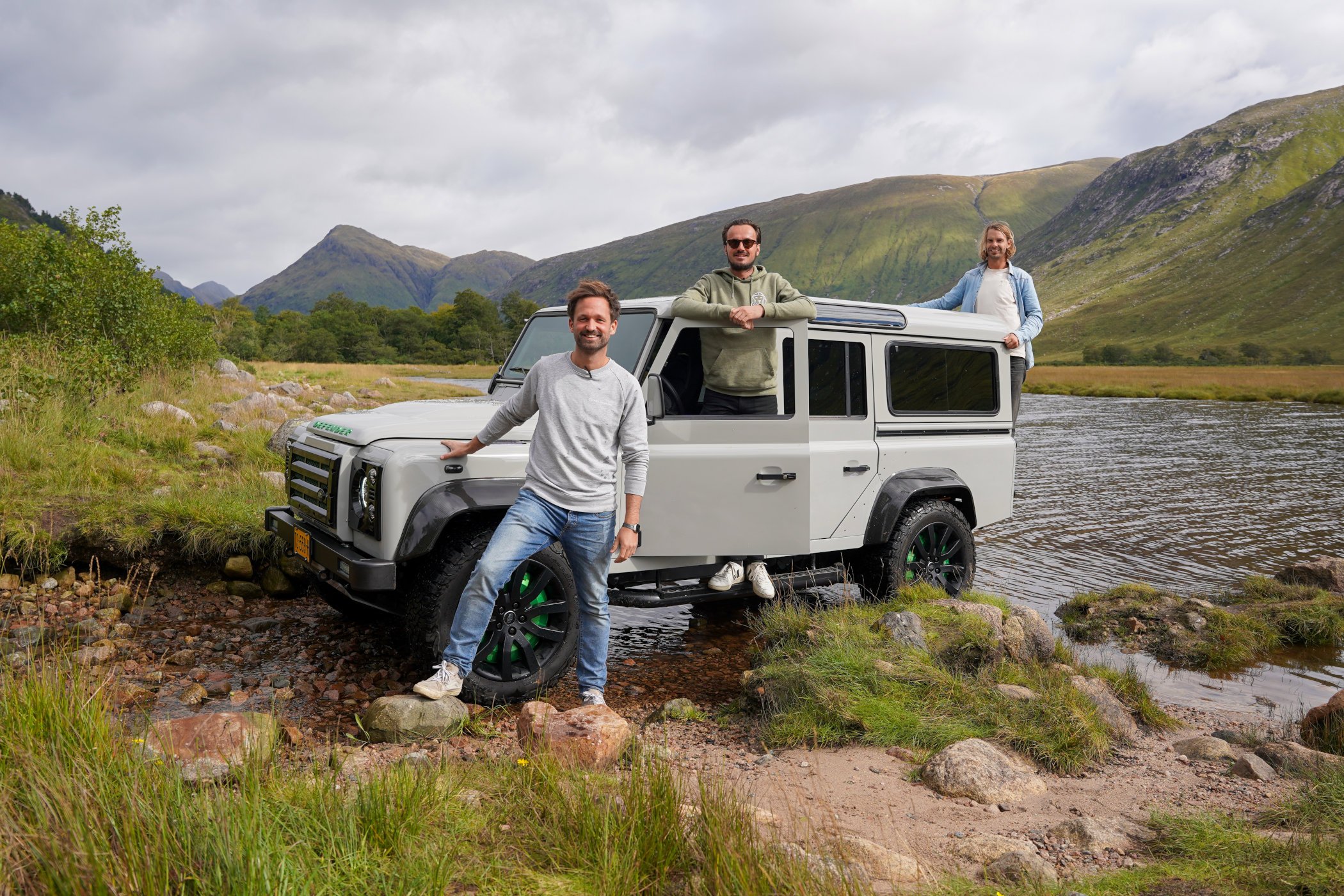
But where the normal Land Rover Defender usually comes with an old Diesel engine, the cars built by The Landrovers offer something very different under the boxy-looking outer shell. In fact, the entry-level build comes with a Chevrolet LS3 V8 that produces 450 horsepower. More than enough to get you going along very nicely in such a square car! If that’s not enough, you can have a Chevrolet LT1 V8 with 525 horsepower or a supercharged Chevrolet LT4 V8 with 650 horsepower. And to be honest, witnessing it first-hand for only an hour or two, the work is immaculate! Everything is done to perfection, using the best possible materials and technology they can.
In-wheel tech
But there’s more to the story of The Landrovers than that, as the company has just made a huge leap into the future with the Panterra, a unique EV Defender. Before we get down into the details of the Panterra, it is important to note that the team of The Landrovers didn’t just put a battery pack and an EV motor pulled off the shelf into a Defender chassis. This is again a result of a one-of-a-kind coming together of talent, passion and technology. Dutchman Frank Tijs is the last to join the company leadership as a CTO, and things started shifting into a new direction.
Frank had the idea to convert his personal Volkswagen T2 buss into an electric vehicle and asked Daniel and Peter if he could use a bit of space in The Landrover’s workshop to start the build. They said sure, but in return wanted to be kept in the loop of what Frank was using in terms of technology. As time passed by, the three men delved deep into the world of electrifying cars and ended up drawing up the plans for an EV Defender. The plan was to use a revolutionary bit of technology where a motor was mounted directly into each wheel. This is the same technology used by Lightyear, another Dutch EV company.
This in-wheel technology has a couple of benefits over regular EV motors used in cars. As it is directly mounted onto the thing that needs to be driven, the wheel, there is zero loss of energy in the drivetrain. It also frees up much-needed space in the chassis by placing the motors outside of it. That means room for a bigger battery pack, better range, better weight distribution and so on. With that in mind, work was started on a prototype car, called the Panterra. This is now ready for production and was launched towards the end of last year.
The Panterra
The Landrovers are about to finish the build of the first customer EV Defender, as the Panterra prototype has passed all regulations and safety requirements and is type-approved to be used on public roads. Not a small feat, as big corporations take several years to design, develop, build, test and produce a car before it is sold to the people. To put things in perspective, the men from Amsterdam did all this in just three years!
What the Panterra is then, is not just some simple EV conversion. It is again a car built from the ground up that shows everything the team of The Landrovers is capable of. Once again, all elements of the car are done to the highest standards, with a full bespoke interior which is upholstered in-house, custom trim if desired, an in-house developed infotainment system, and much, much more. Finished in grey and black, it highlights the EV bits with bright green accents. You can see the motor inside each wheel, as the green shines through the rims.
Considering the regular petrol-powered Defenders already come with 450 to 650 horsepower, this Panterra is no slouch either, despite the fact it weighs close to three metric tons. With each in-wheel motor producing 150 horsepower, it’s on par with the V8s, but the most important thing is torque! And lots of it, as each wheel produces a mindboggling 1,600Nm of torque, for a total of 6,400Nm combined in the most powerful set-up. This means the Panterra produces more torque than every other civilian vehicle available right now. To put it in perspective, one of the world’s fastest EVs is the Rimac Nevera, which produces ‘only’ 2,360Nm of torque. Mental, right? Admittedly, the Panterra is quite a bit heavier and has the streamline of a shipping container, but it is still mighty quick!
Two types of Panterra’s are available, which come down to the battery pack. The Panterra Cheetah has a 120kWh capacity, with slightly less power and a range of 360 kilometres. The Panterra Lion is the more powerful of the two, with a 200kWh battery pack and a range of 600 kilometres. Each comes with regenerative braking, fully independent suspension, 150kW fast charging ability, etc. Zero to 100kph takes 5,5 seconds for the Panterra Cheetah, and 5,0 seconds for the Panterra Lion. And having briefly experienced what that feels like is mighty impressive! And once you’re off, you’re really off and can even have all four wheels spinning if you put the pedal all the way down immediately!

Want one?
Yes, you do, there’s no denying it. The Defender is an icon, a car that literally has been in combat, rebuilt countries and has served people worldwide in the harshest conditions imaginable. Everyone has a story revolving around a Defender, it’s as simple as that. And seeing one being given The Landrovers treatment just makes you absolutely want one. But make no mistake about it, as the specialist work done to each bespoke build is exactly that: specialist. Everything from the bare chassis is rebuilt with new and better materials and finishes where possible. It might sit on a chassis that is a minimum of 25 years old, and parts of the body that are good enough are salvaged where they can be, but everything else is entirely new.
And after all this, if you still want one, and we know you do, be prepared to shell out big money and be patient for about a year. Each car takes up to 9 months to complete, after locking in your design and specifications to be delivered wherever you want. During that process, you will get involved in the build numerous times to go over details. Each build is also logged in a build book, granted to the owner upon delivery. Oh, and the prices start at about EUR 200,000 and only go up depending on your desired specifications. And the Panterra EV, you ask? That starts at a cool EUR 275,000 for the Panterra Cheetah and EUR 370,000 for the Panterra Lion. A huge chunk of cash for sure, but do take into account that everything is completely bespoke! There are no others out there that are built the same, look the same and perform the same as the Defenders by The Landrovers.
For more information, please visit The-Landrovers.com or check out the Panterra’s dedicated page.

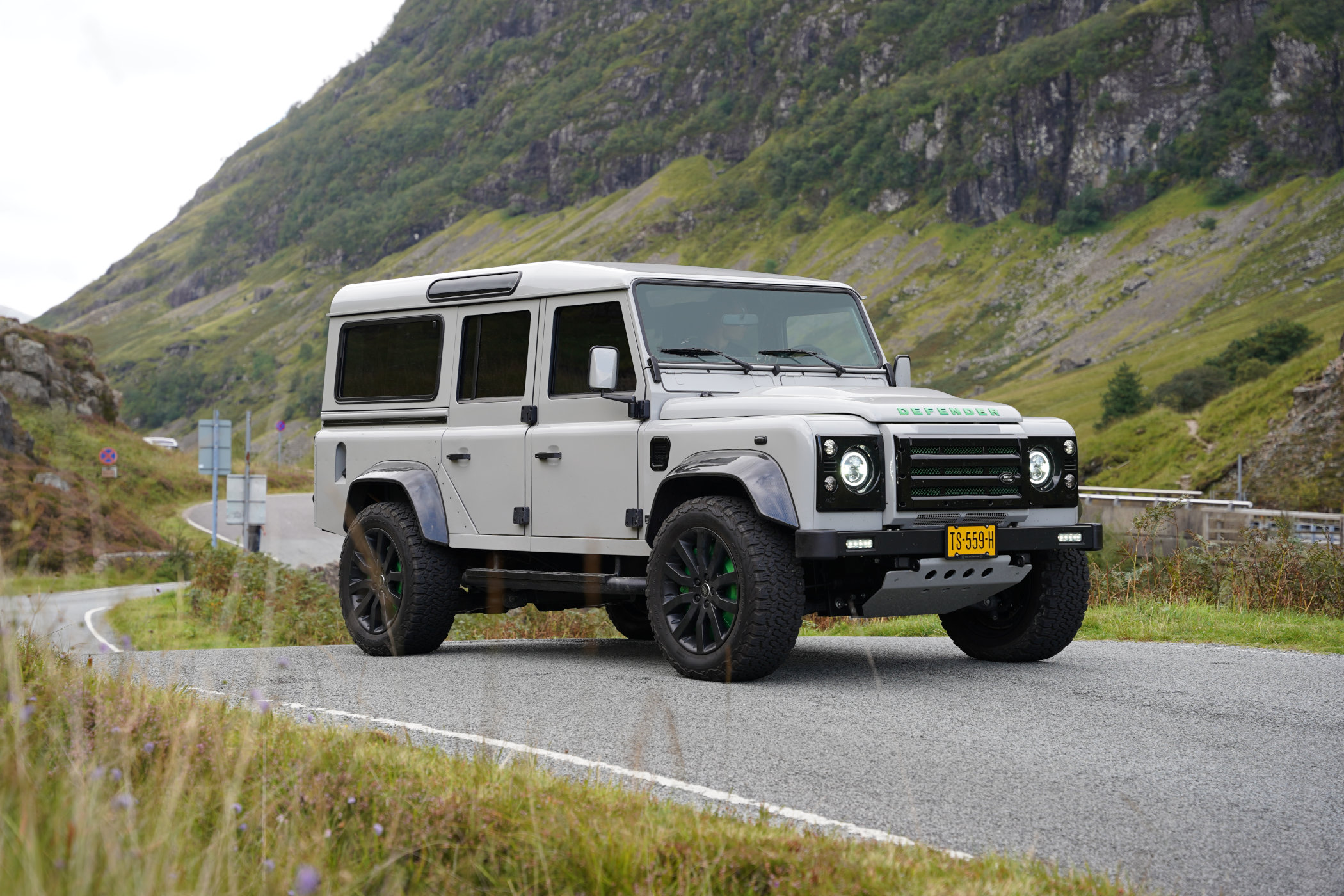
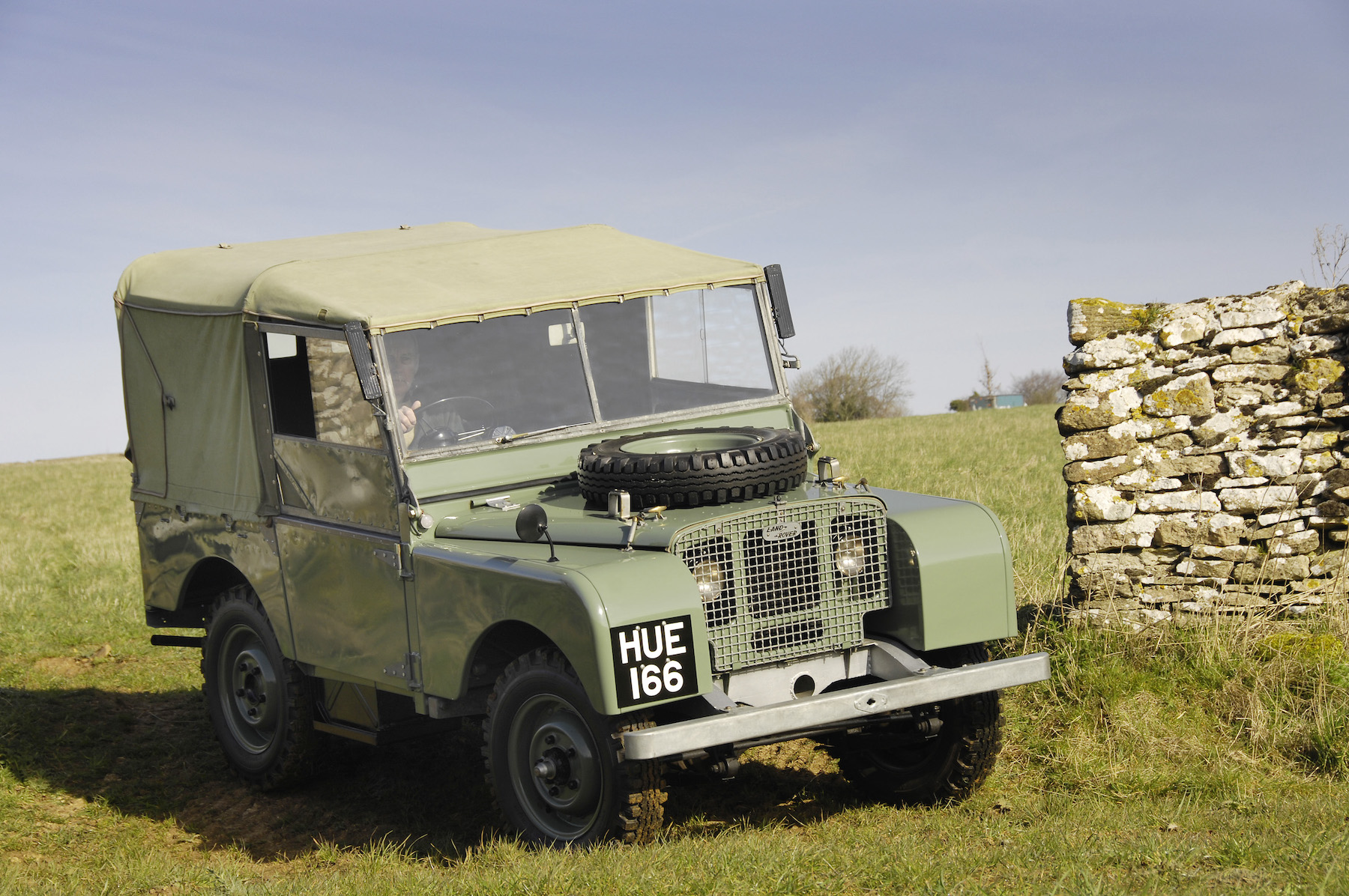
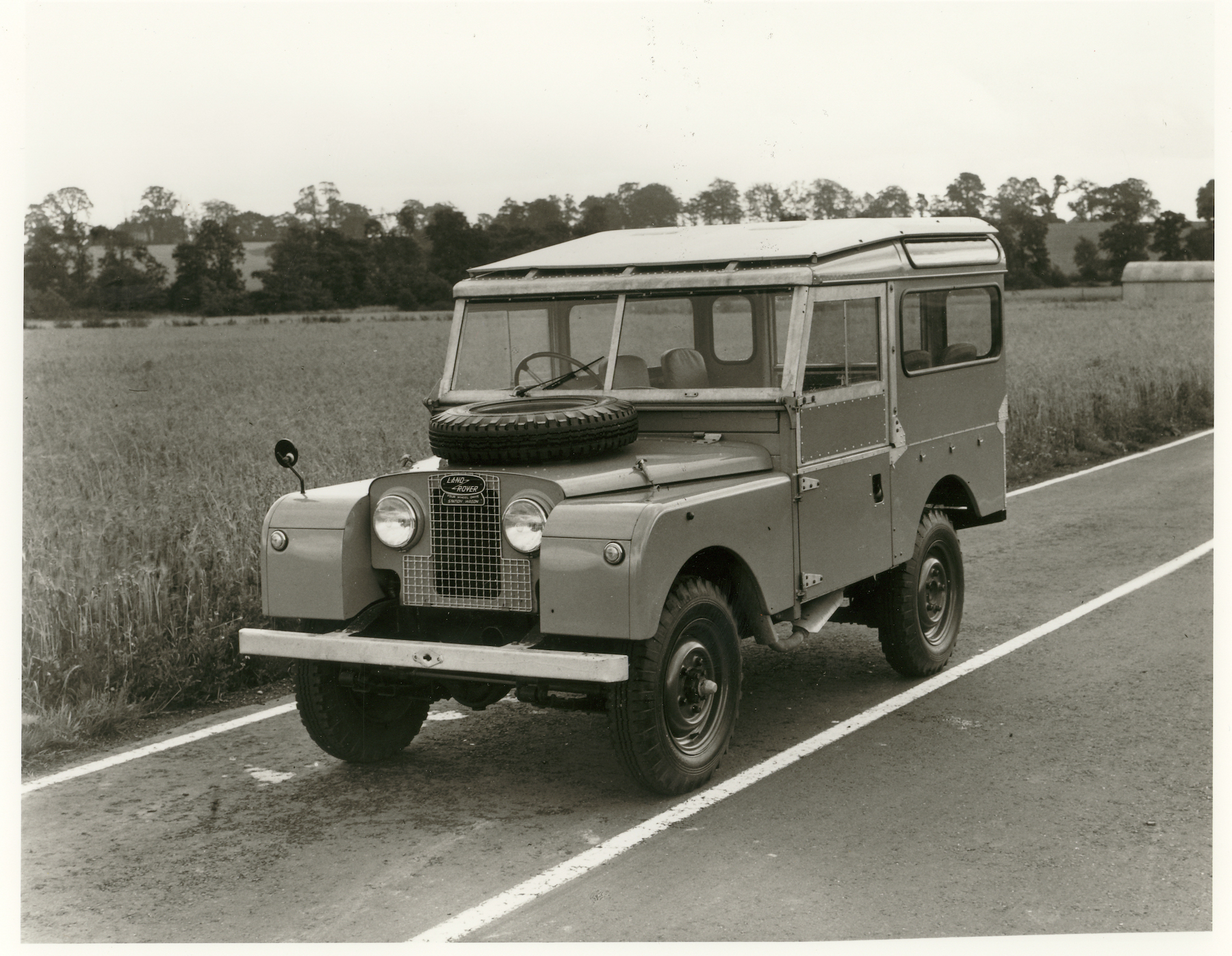

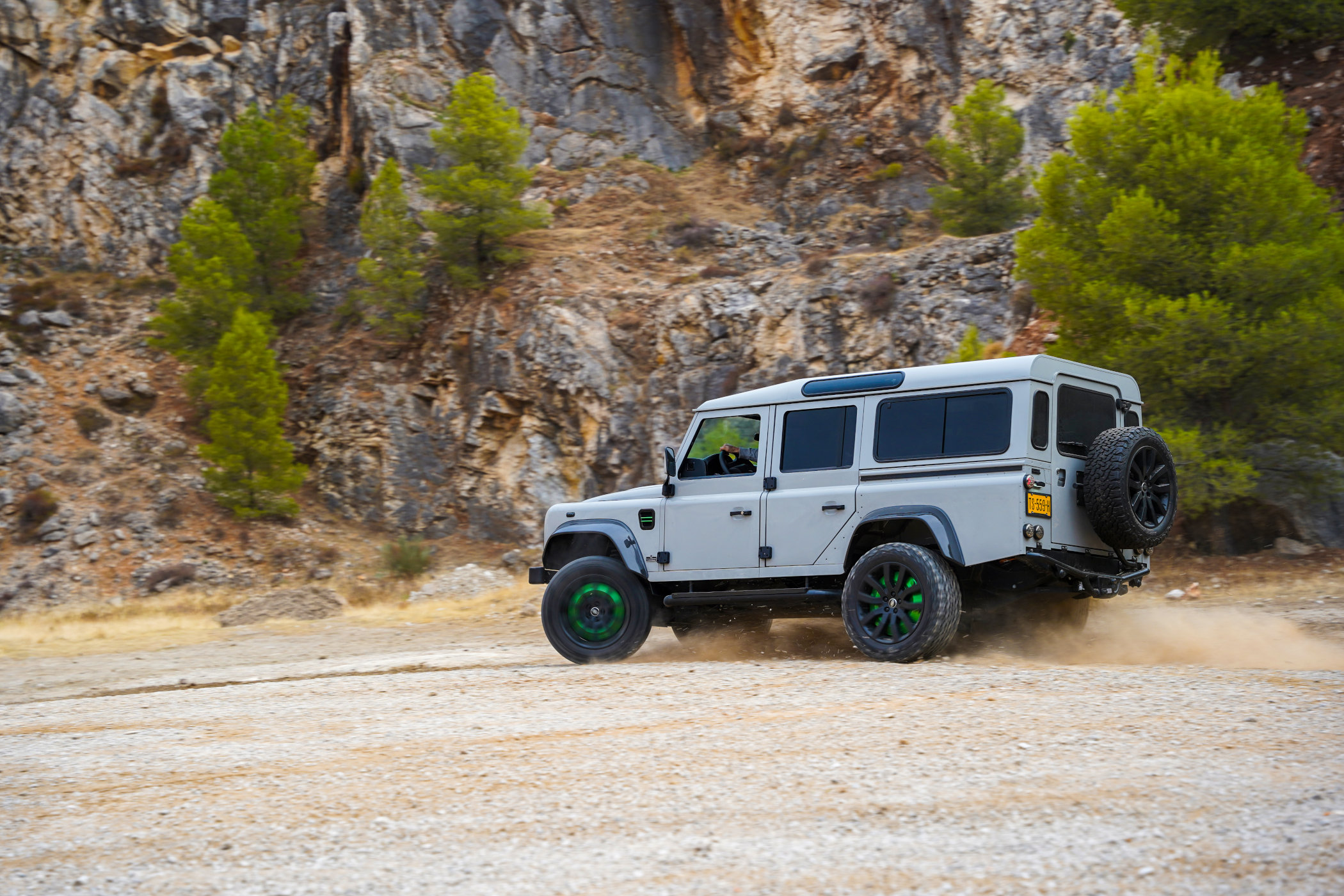
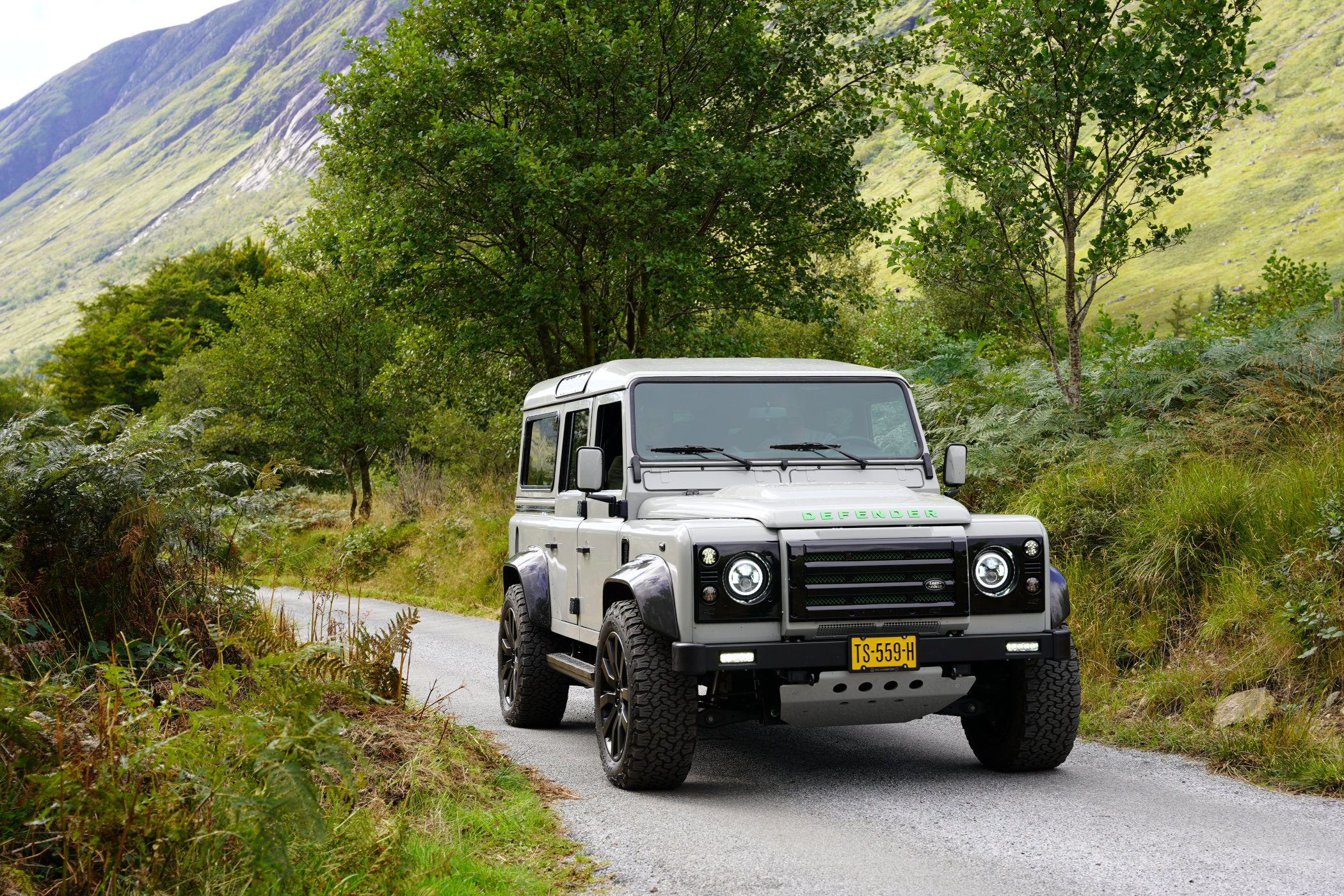
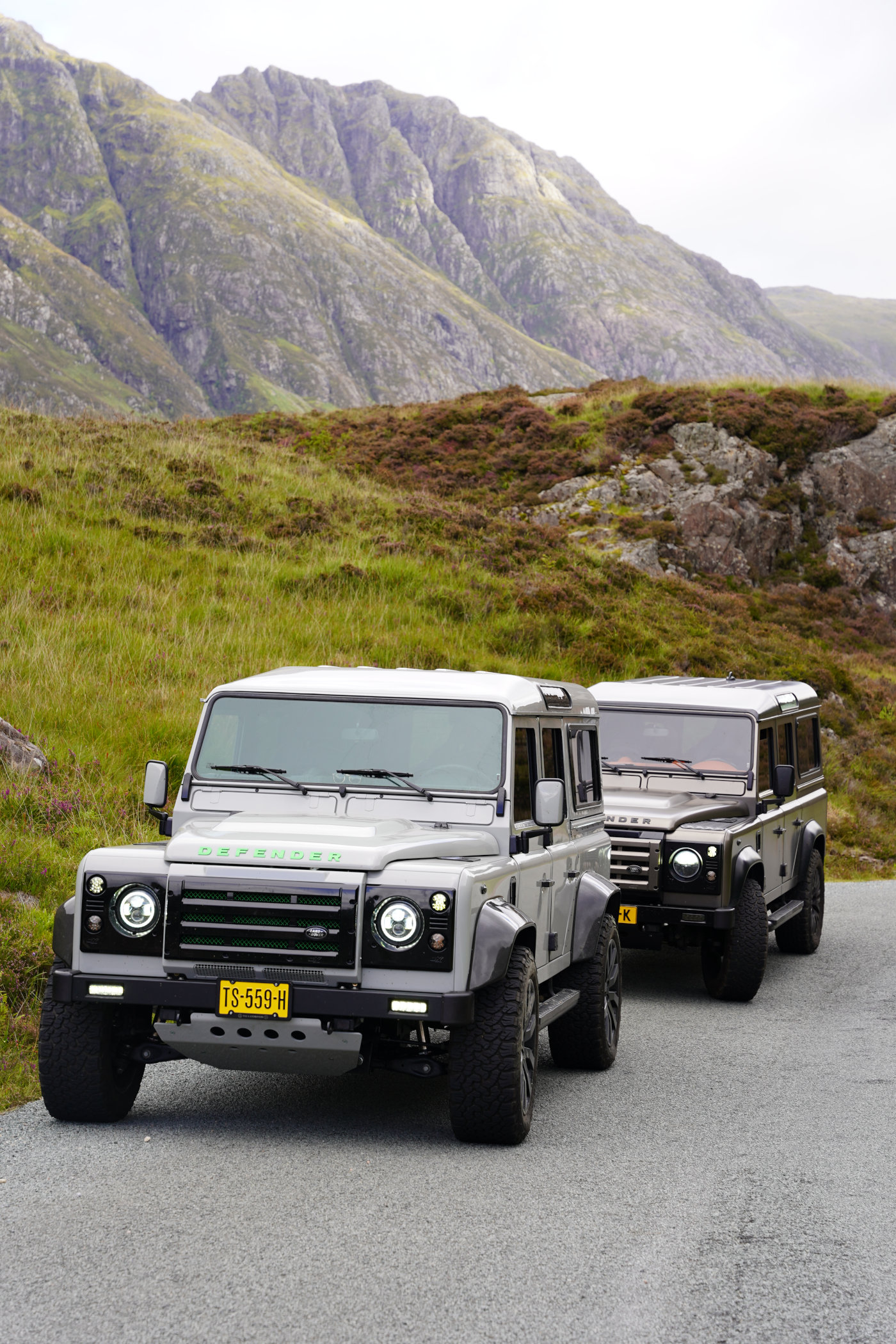
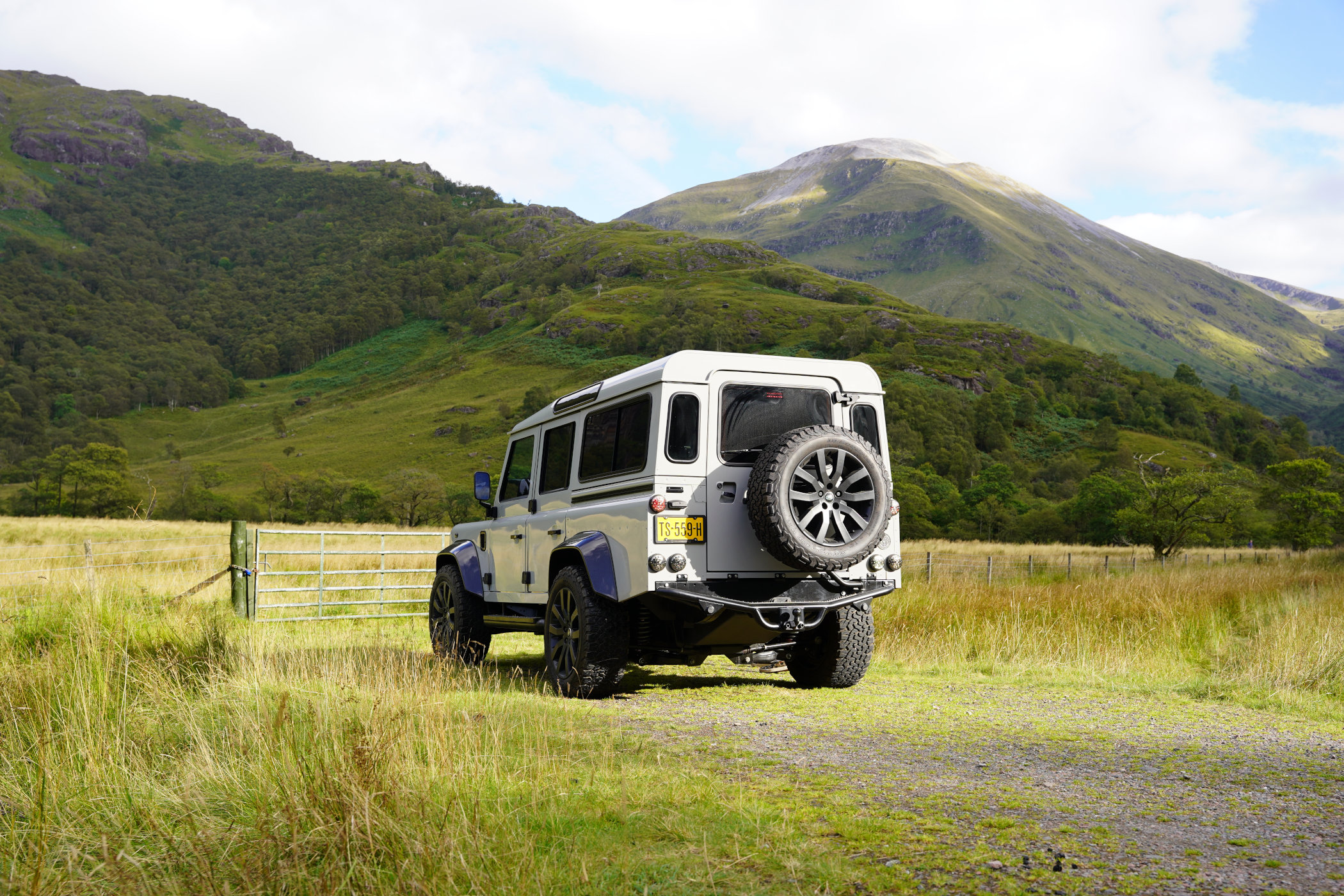
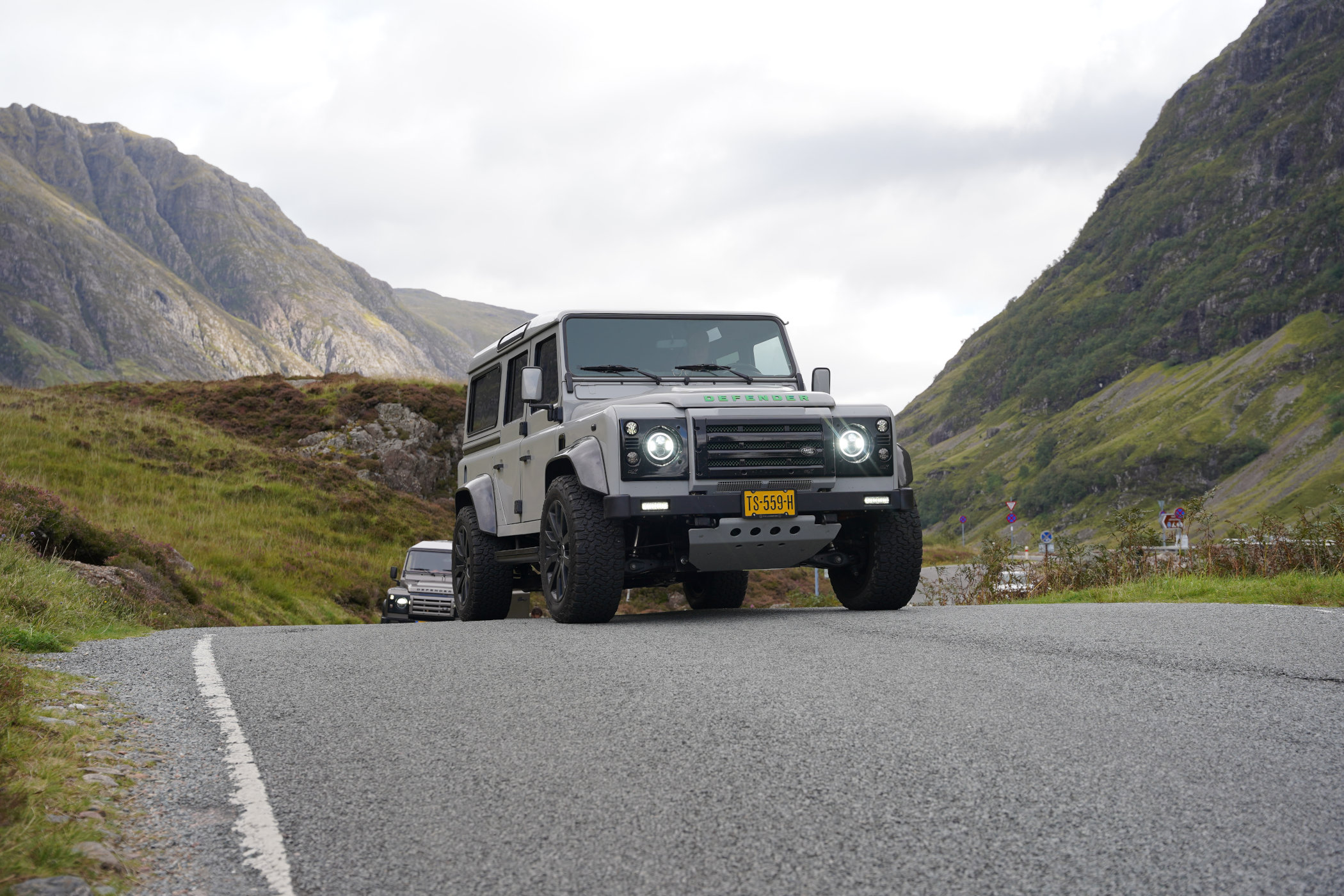


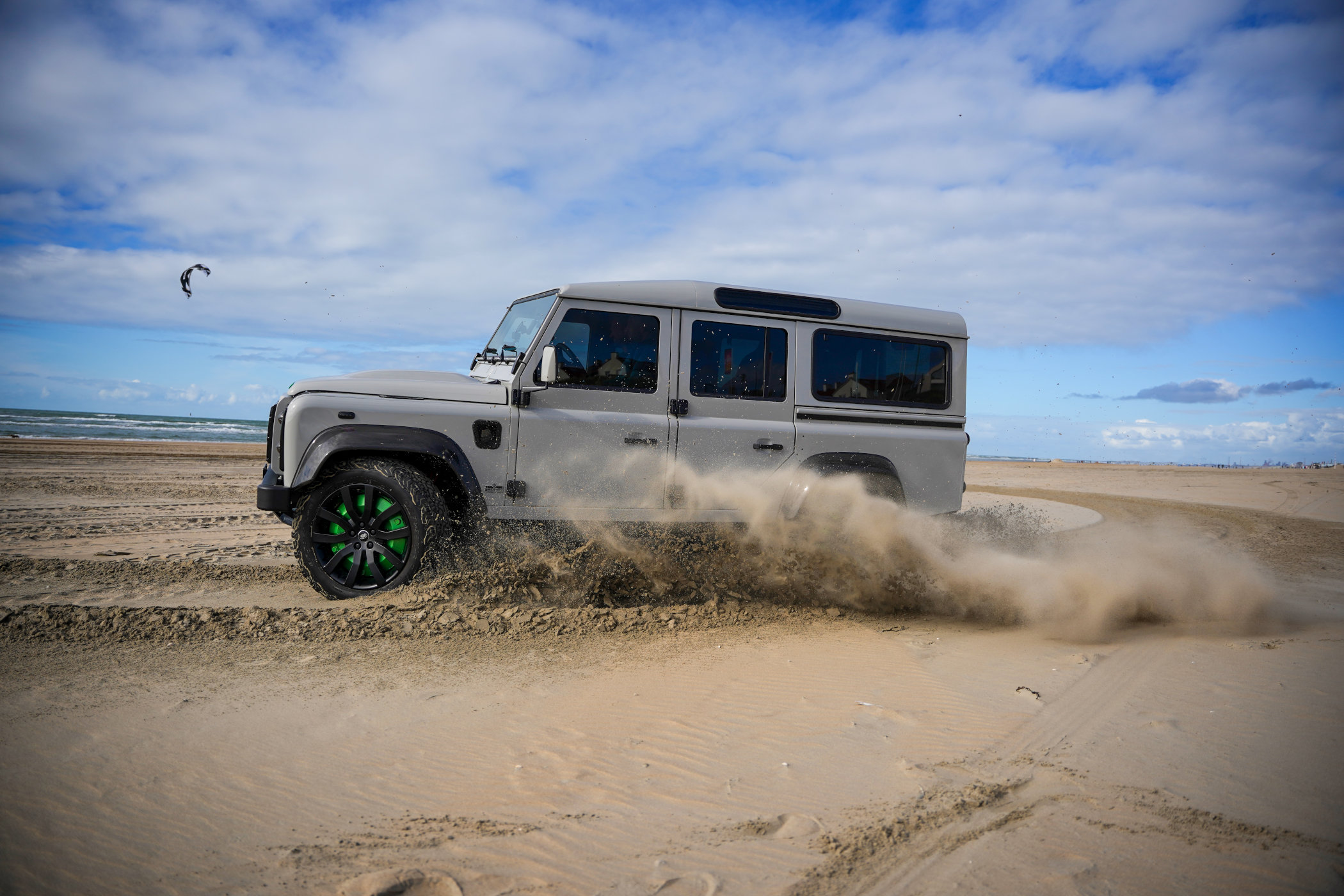
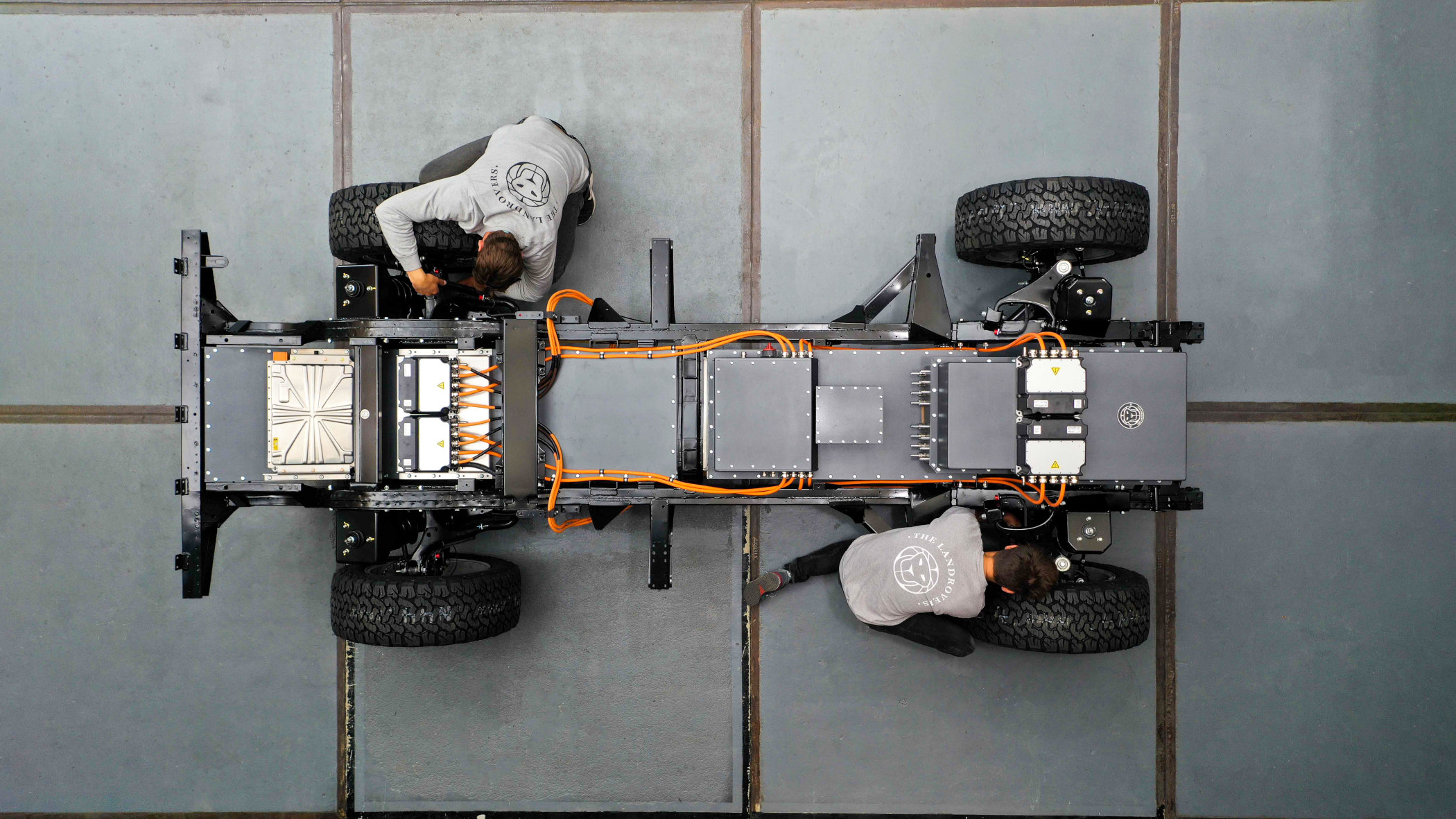
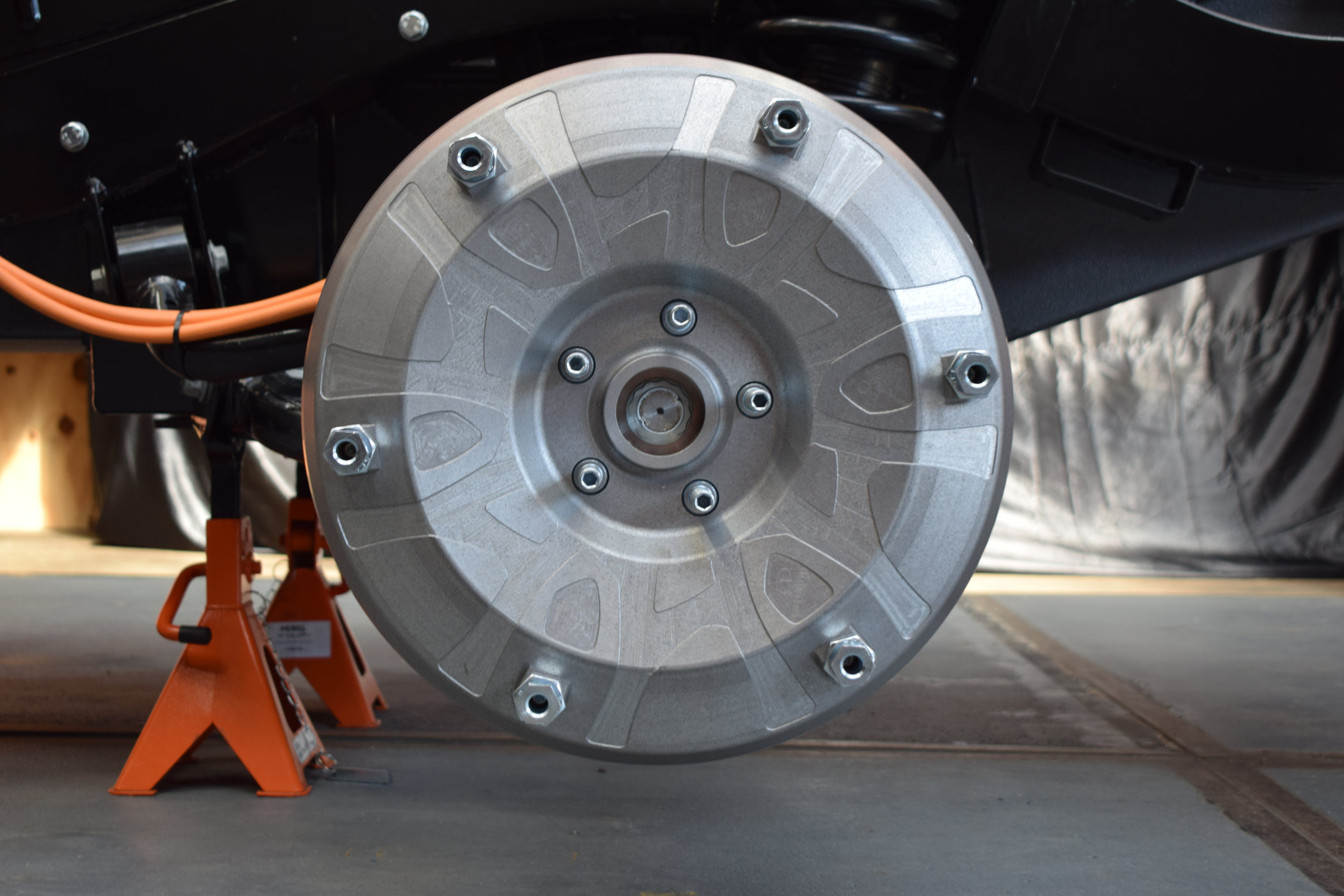
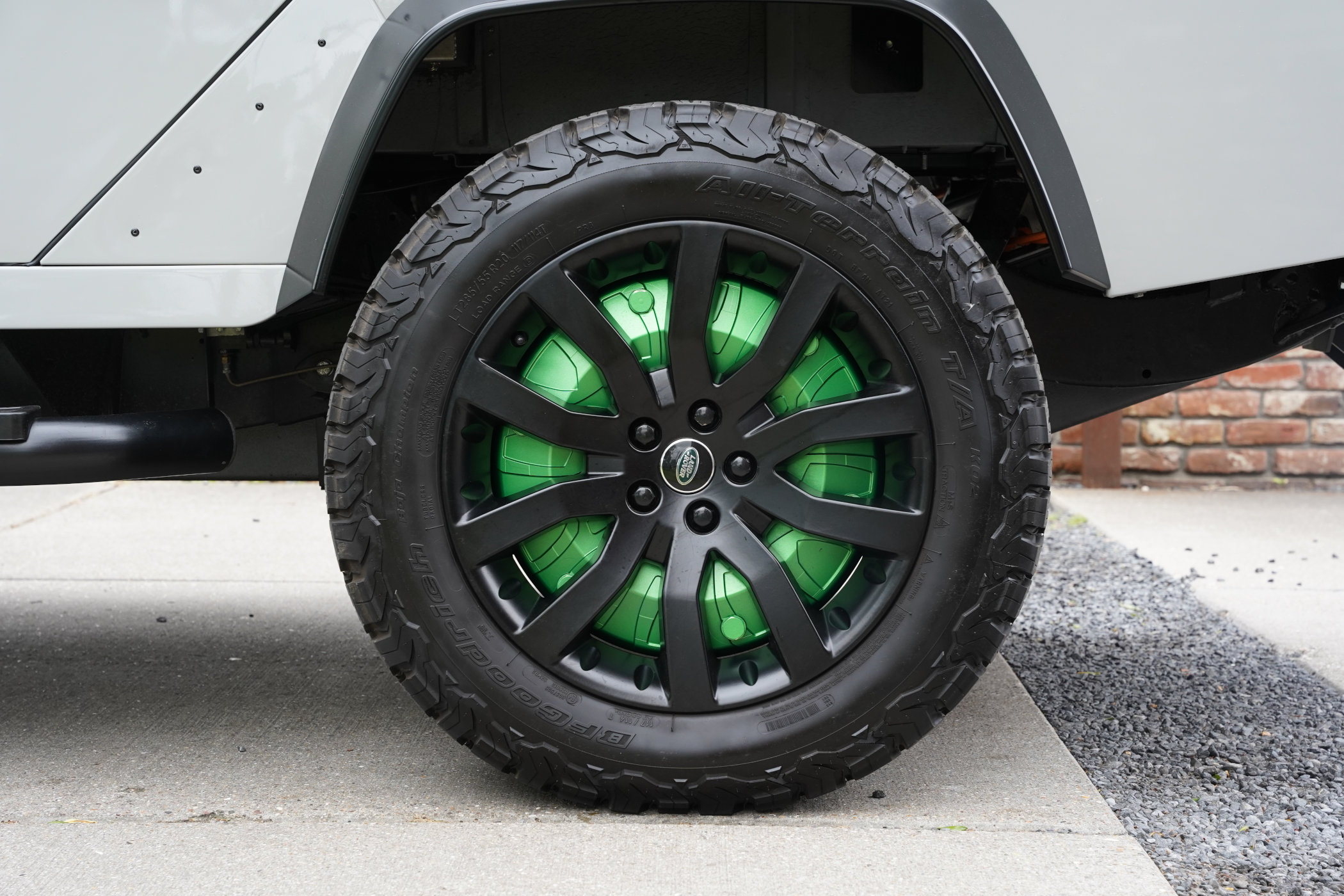
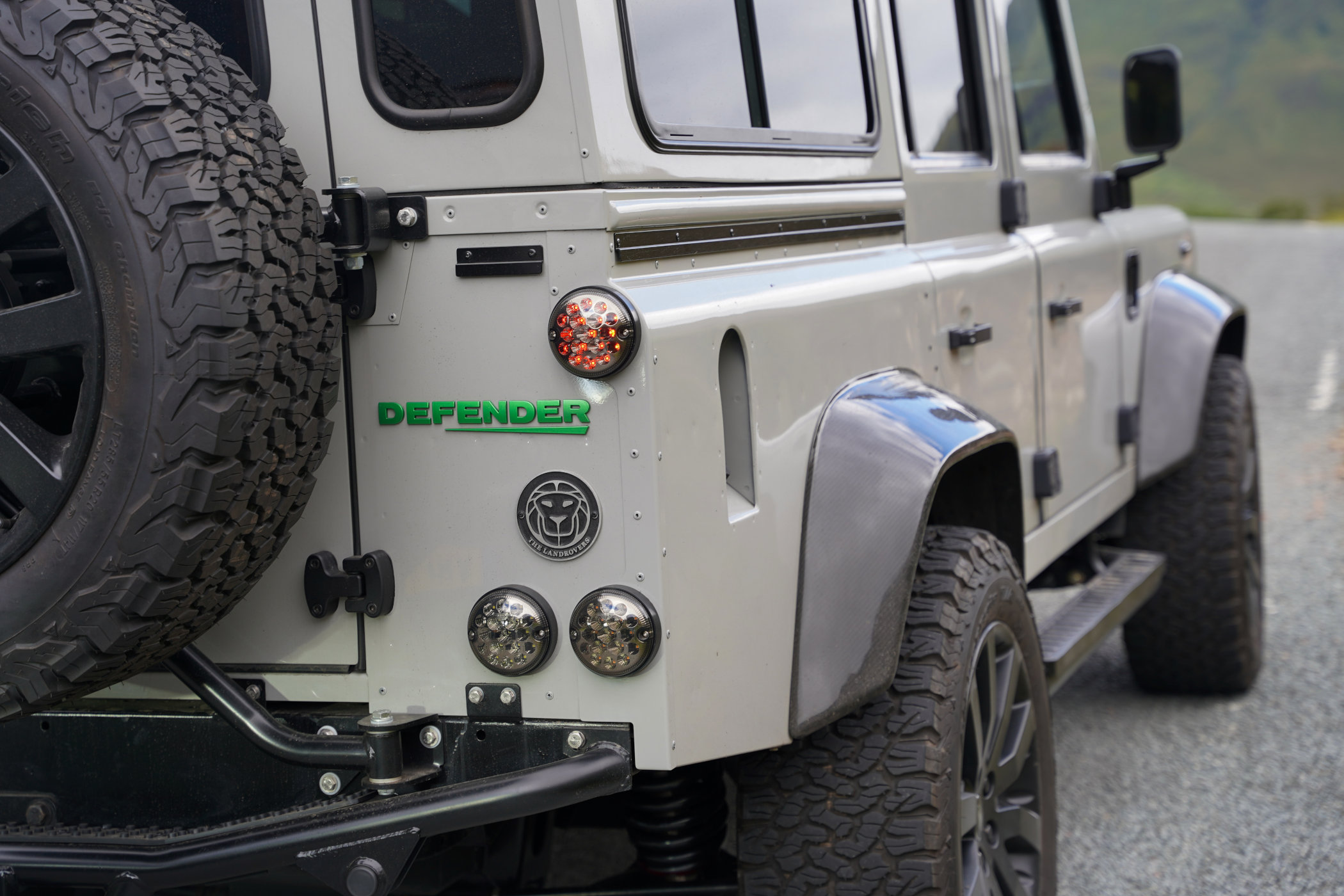
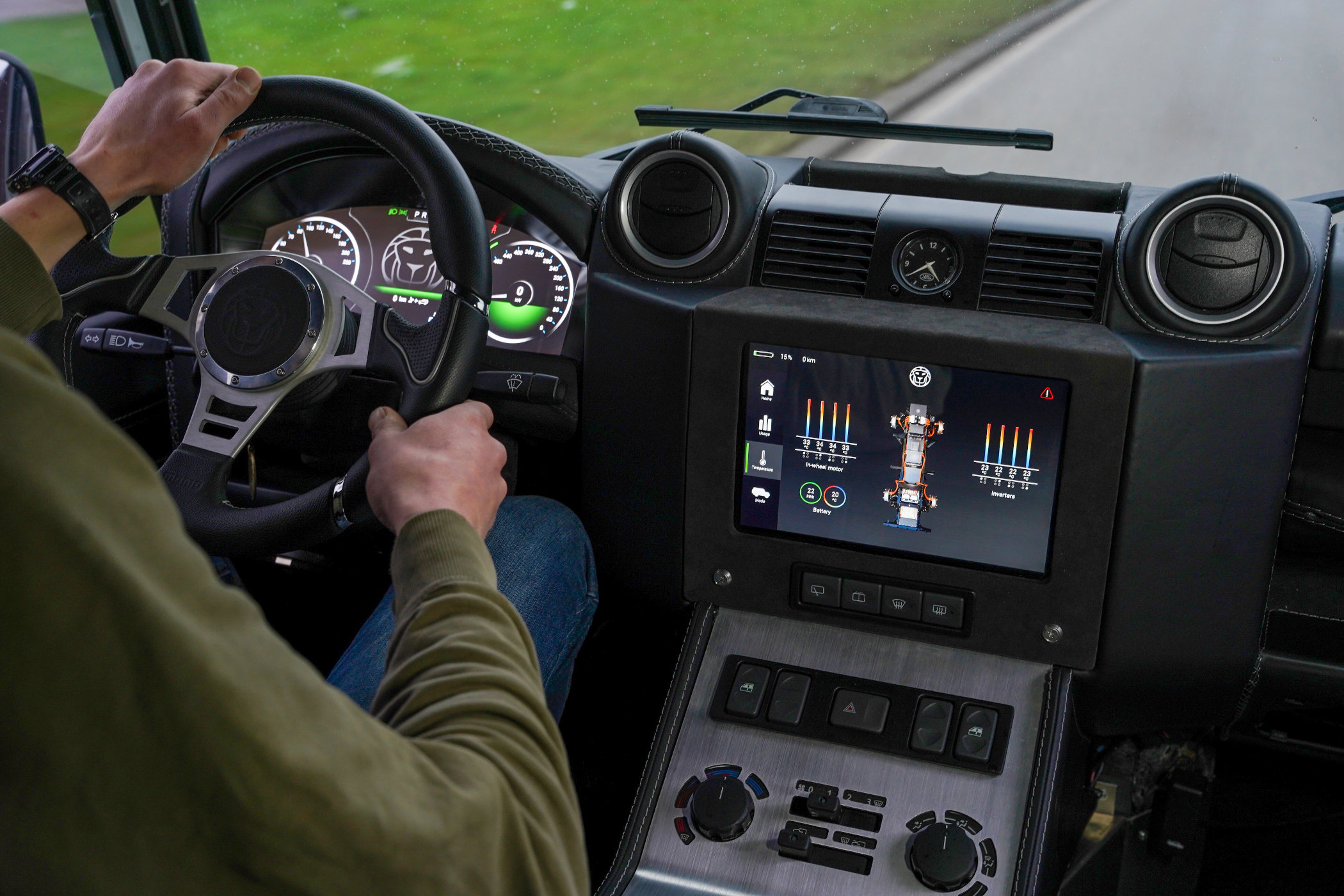
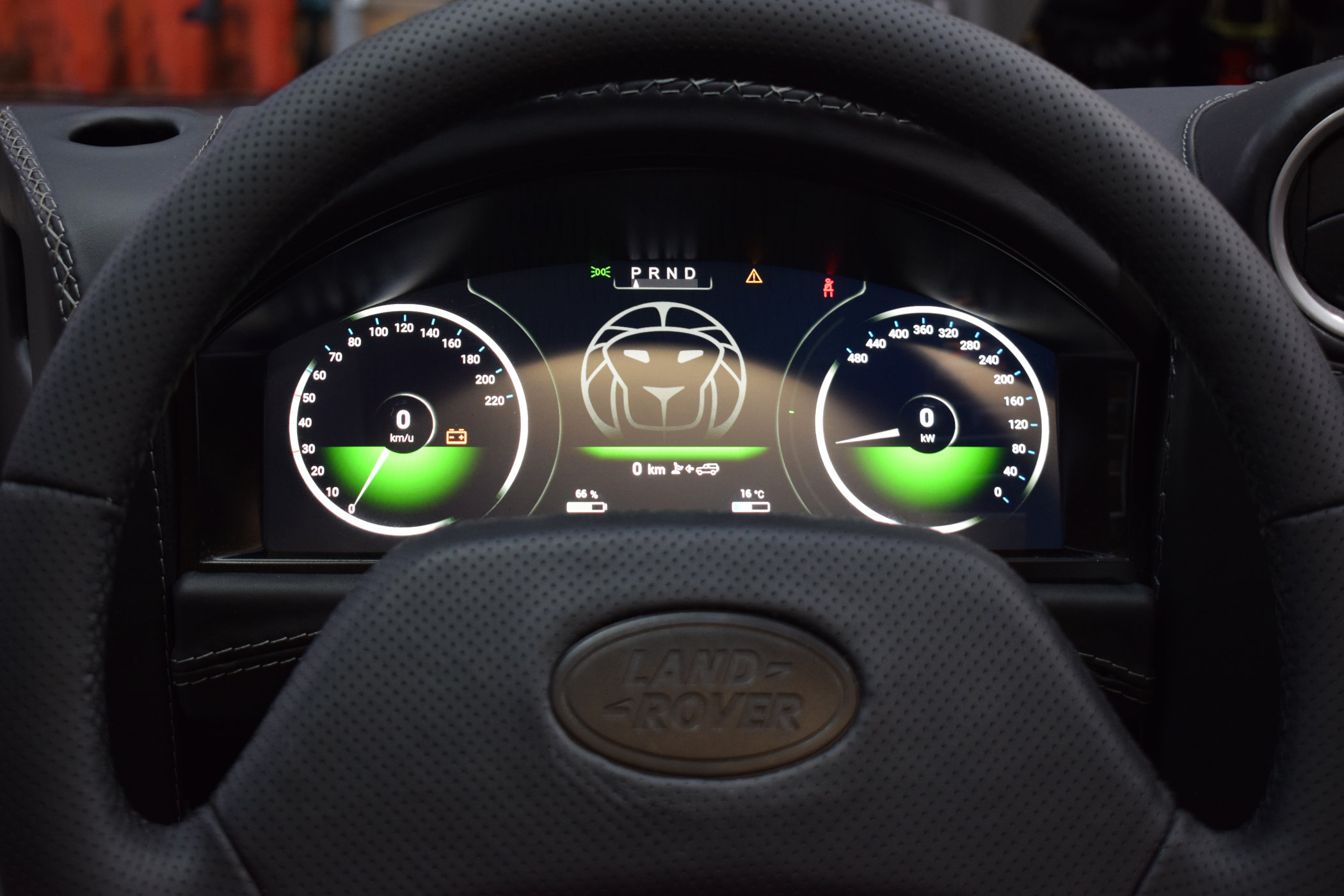
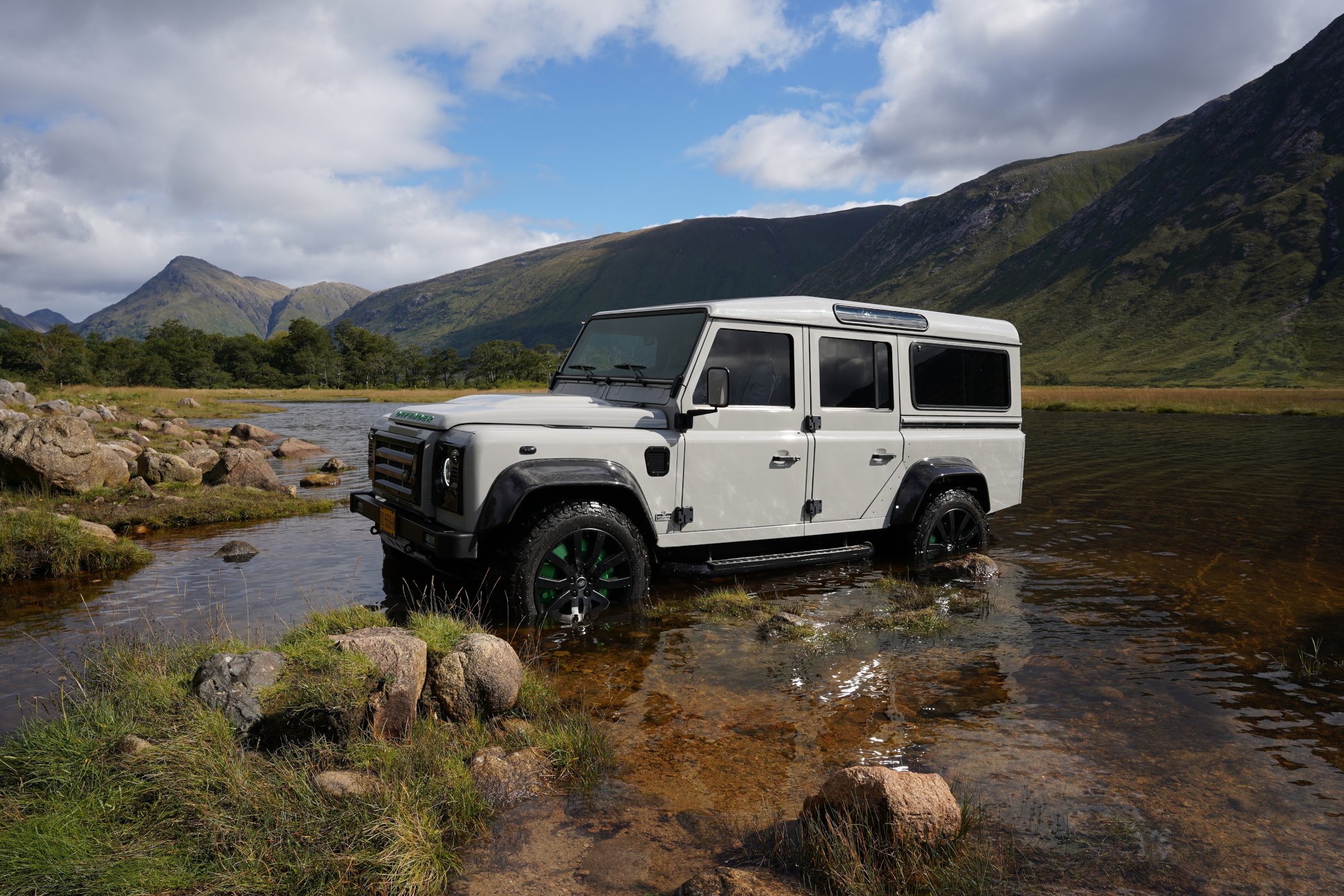
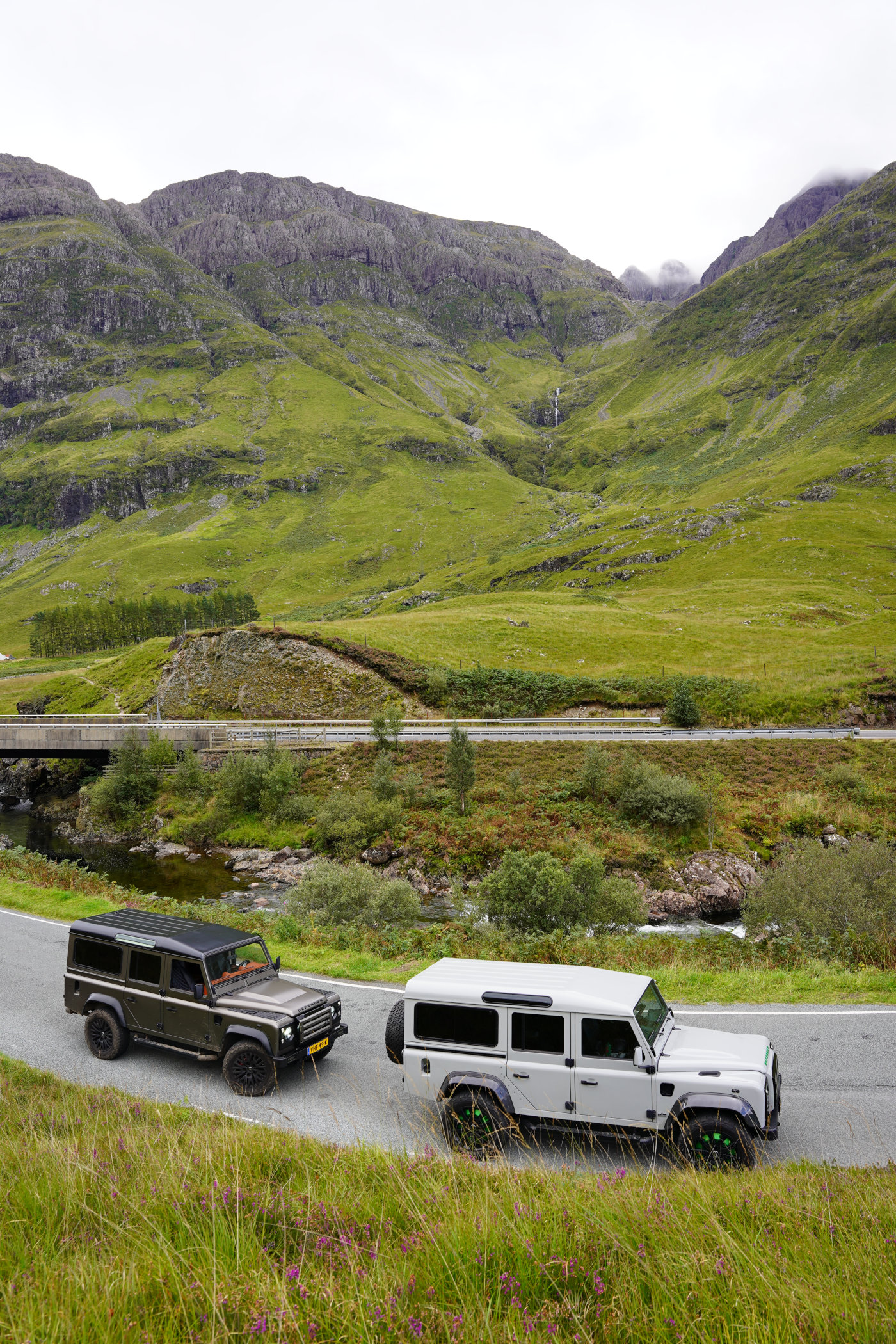



4 responses
Good there is more space. This way you can mount a diesel generator in the back for cold days and extended range
Mouth watering, indeed. In my wildest dreams, perhaps.
Bould move to make an electric car considering their problem with the electrics on their normal cars.
Do take in consideration this is not built by Land Rover, but by a specialist company called The Landrovers. The entire wiring system is done in-house by them, as bespoke commissions dictate the amount of wiring needed.